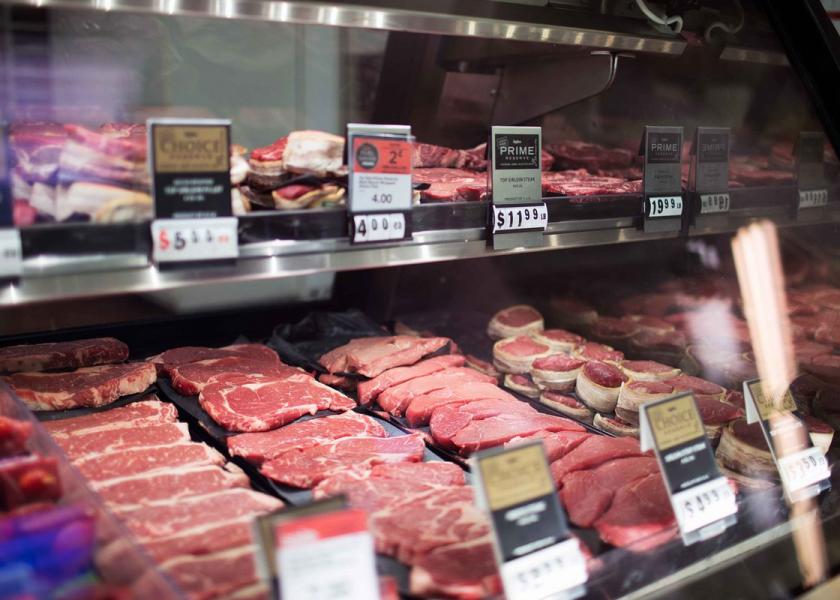Peel: Summer Beef Demand Sizzles

Wholesale beef prices typically increase in the spring, led by middle meat demand. Spring restaurant demand reflects several holidays, including Valentine’s Day, Mother’s Day and Father’s Day at the same time as summer grilling demand ramps up, led by Memorial Day and Independence Day. The seasonal increase in boxed beef cutout prices was stronger than usual this year. Weekly average Choice boxed beef prices increased 63.8 percent from early January to early June.
Among the four major beef primals values were higher across the board, led by the loin (up 93.0 percent), rib (up 60.0 percent), round (43.8 percent) and chuck (up 39.0). The smaller primals were also up strongly with increases for brisket (up 99.3 percent), short plate (up 107.5 percent) and flank (up 85.7 percent). Exceptionally strong wholesale beef price increases in the first five months of the year reflect several demand factors including typical seasonal beef demand strength; strong export demand; and food service inventory rebuilding, all underpinned by generally strong domestic protein demand.
Boxed beef prices have declined since the early June peak but remain up since the beginning of the year. The latest weekly average Choice boxed beef prices were $290.83/cwt., up 40.7 percent since early January and down from the weekly peak of $338.56 four weeks ago. All primal values are up for the year to date ranging from a 17.0 percent increase in rib value to 110.8 percent increase in short plate values.
The June decline in wholesale beef values does not indicate generally weakening beef demand but rather the fact that food service pipelines have mostly replenished and Independence Day beef buying was largely completed by early June. Beef demand typically moderates after July 4 through the mid-summer doldrums until another spurt of buying ahead of Labor Day.
Beef loins consist of two primary products, strip loins and tenderloins, each with very different seasonal patterns. Tenderloin demand is usually strongest in the winter, driven by white tablecloth restaurant demand but this year continued reopening and pent-up steak demand has pushed tenderloin prices to record high levels in June. Strip loins are popular retail grocery steaks that typically peak ahead of summer grilling and have followed seasonal but stronger than usual increase thus far this year.
Ribeyes have broad-based demand in food service, retail grocery and export markets. Rib primals typically have a spring seasonal peak and another in the fall. Ribeye values shot up to record levels in early June but have dropped more sharply than other middle meats in the past month. Strong brisket values this year reflect rebounding barbeque restaurant demand.
Chuck and round primals typically decline into the summer and are seasonally strongest in the fall and winter months. However, both chuck and round primal values are up through the first half of the year on broad-based food service and further processing demand, ground beef demand and strong exports. Continued increases in short plate values through June is most likely driven by strong export demand for short ribs.
Domestic beef demand looks to continue strong in the second half of the year and beef exports are expected to increase as well. Strong beef demand and year over year decreases in beef production in the third and fourth quarters is expected to continue supporting wholesale beef values for the remainder of the year.
Dr. Derrell Peel discusses beef demand and per capita consumption of beef on SunupTV from 6/12/2021. Livestock Marketing (6/12/21) - YouTube and beef production Livestock Marketing (5/29/21) - YouTube







